29 May 2023
Now based in Sydney, designer David Caon returned to Adelaide to host a masterclass with students of industrial design and share insights and influences gleaned over his career since graduating from UniSA.
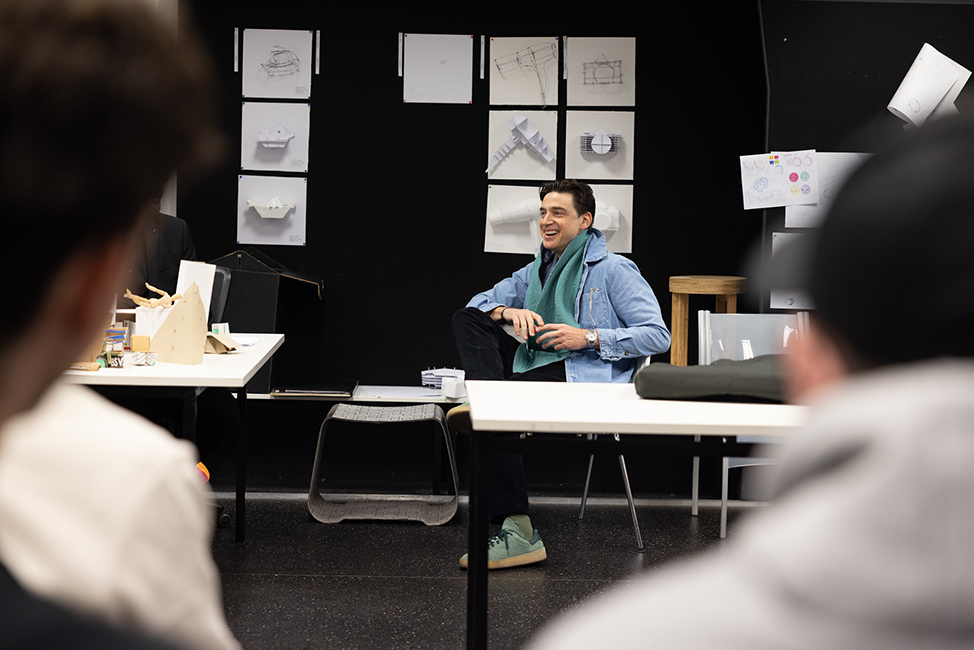
David Caon
Designer, Caon Design Office
Bachelor of Design (Industrial Design)
The first time UniSA alumnus David Caon experienced business class air travel his parents had smuggled him up the “pointy end” of the airplane from his economy class seat for a quick visit. Today his name adorns the flatware, crockery and woven blankets which make the flying experience so much more special.
But behind the stylish design and luxe feel lies a far more important purpose. Qantas has its sights set on direct air travel from the east coast of Australia to anywhere in the world, and for that to happen the aircraft needs to be as light as possible. It all comes down to fuel efficiency.
When David Caon Office started working on the Qantas Dreamliner project, they were tasked with reducing the weight of the tableware by 15 per cent, without compromising passenger comfort or expectations. They achieved an 11 per cent reduction but those learnings have been taken forward to Qantas’ Project Sunrise, as well as applied to the existing A380 aircraft already in service.
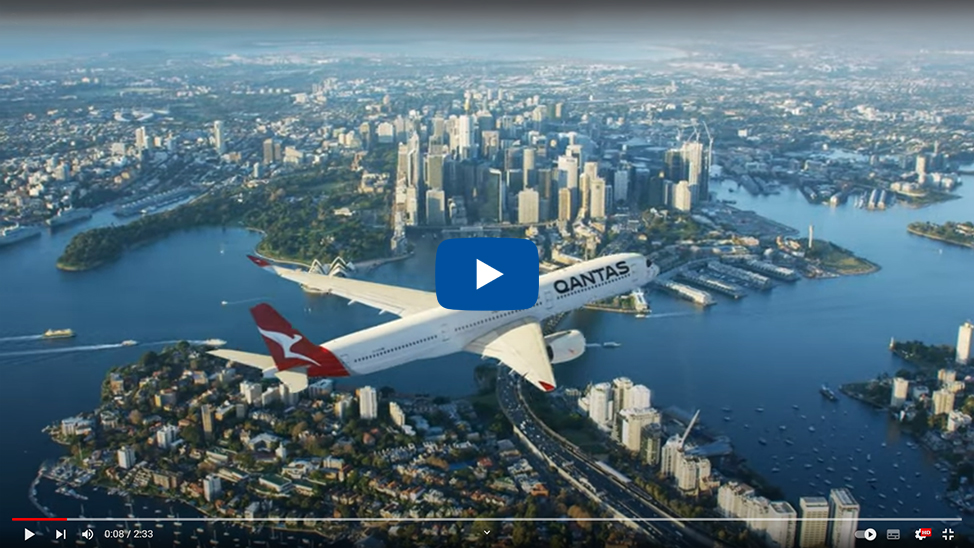
David’s association with Qantas spans more than 20 years; from the time he worked for Paris-based Australian designer Marc Newson to his return to Australia where he was able to set up his own studio.
At a recent address at the University of South Australia, David shared insights and influences gleaned over his career since graduating with a Bachelor of Design (Industrial Design). He spoke about how, for him, design is more than a job, it’s a vocation. “It’s that thing you do for the rest of your life, your métier,” David told the audience.
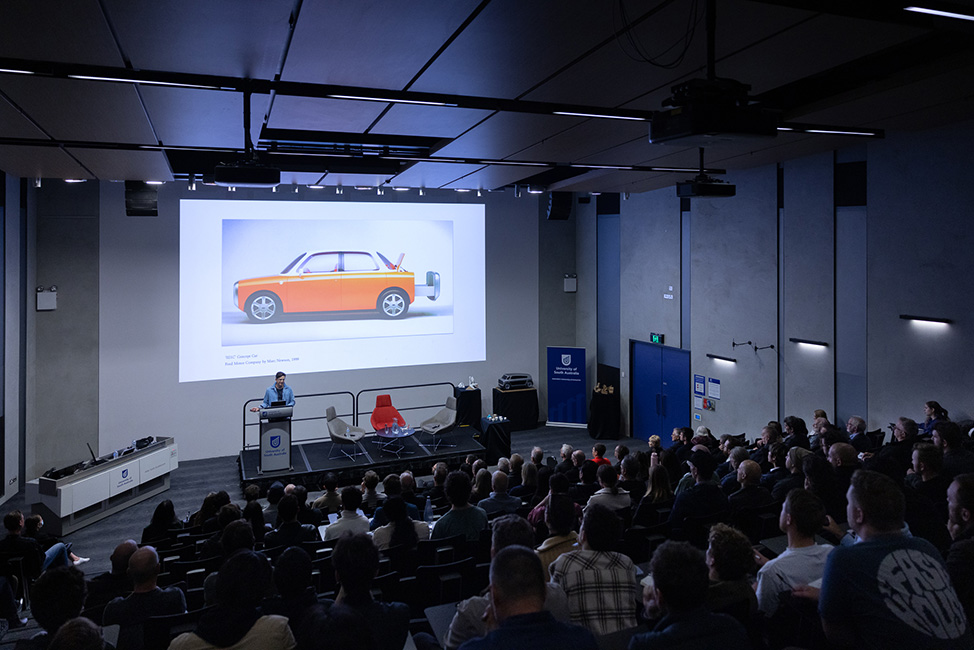
After a false start in economics, and perhaps inspired by his fascination with cars and with some artistic talent, in 1996 David enrolled in Industrial Design – a profession he’d not heard of until it was suggested in an aptitude test aged 15.
During the course, exposure to designers such as Mario Bellini, Philippe Starck and Ettore Sottass, who made everyday objects stylish, encouraged David to make research part of his process, and their designs continue to be referenced in his work today.
“One day we were shown a recently released documentary about then-young Australian designer Marc Newson. He was the hot young thing of the moment, based in London. I came away fascinated by his approach and aesthetic, and his work immediately influenced me.”
Fast forward to the early 2000s when David found himself in Paris working for the man himself, following a stint in Milan working for George Sowden and collaborating with Jerszy Seymour after hours. “George introduced me to everyone in the industry and it was as much about being there and being willing to be in the scene, willing to work for free, willing to work multiple jobs. Just living it. That's really what was important.”
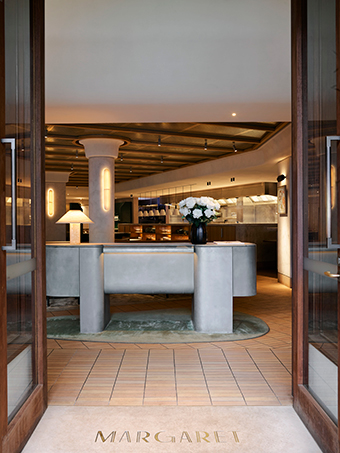
Margaret, one of Neil Perry’s Sydney restaurants. Image Anson Smart
Essentially burning the candle at both ends, David's time in Milan came to an end and it was then he approached Marc Newson (who he'd met while snowboarding) for work and began contributing to projects for the likes of LVMH, Samsonite, Nike and eventually Qantas. When David decided to return to Australia and eventually set up his studio, his first major client was Marc Newson Ltd.
Connections and collaborations remain an important part of David's approach. “Collaboration is a big part of our business model. I collaborate with two key architectural studios when I do interior architecture projects, simply because of their expertise. And that goes both ways.” David Caon Office collaborated with Acme to create Neil Perry’s restaurant, Margaret.
Another creative outlet for David is the brand Laker, a partnership with Henry Wilson which embraces the concept of the designer/maker. “It's quite an interesting undertaking,” he says, “because it's quite unstructured. It's more about us seizing on an idea rather than scoping out what we need to design.” The luxury of the informality of this project holds strong appeal for David and he enjoys learning from Henry’s different approach to the process.
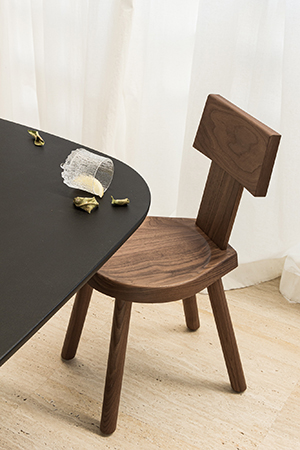
designers creative freedom. Image Laker Studio
“It's less and less about aesthetics,” says David about his more recent work. “For me, it's much more about function, usability, and manufacturability because fundamentally our clients are generally making the things that we are designing. These learnings have evolved over the years, but if we design something that's so hard to make, making it expensive, that doesn't help anybody. Again, if we design something so beautiful, but useless or not usable, you sort of end up in this cycle of doing something that's just going to frustrate people – even if it's affordable. If you can get all those things right, or mostly right, then you've got a product that people will appreciate and enjoy.”
And what advice would David give today’s cohort of industrial design students?
“I think it's up to the student to be an active participant in what they want to do and what they're going to do. It's what you make of it – one hundred per cent. What education does is give you time and opportunity to work through projects. You won't get that time and opportunity afterward because you're going to be working to earn a living and pay the bills. So, you've got this little window.
“Something like industrial design is potentially the Swiss army knife of creative undertakings – there are so many different ways you can go.”
You can read more about David’s journey at David Caon Office.




